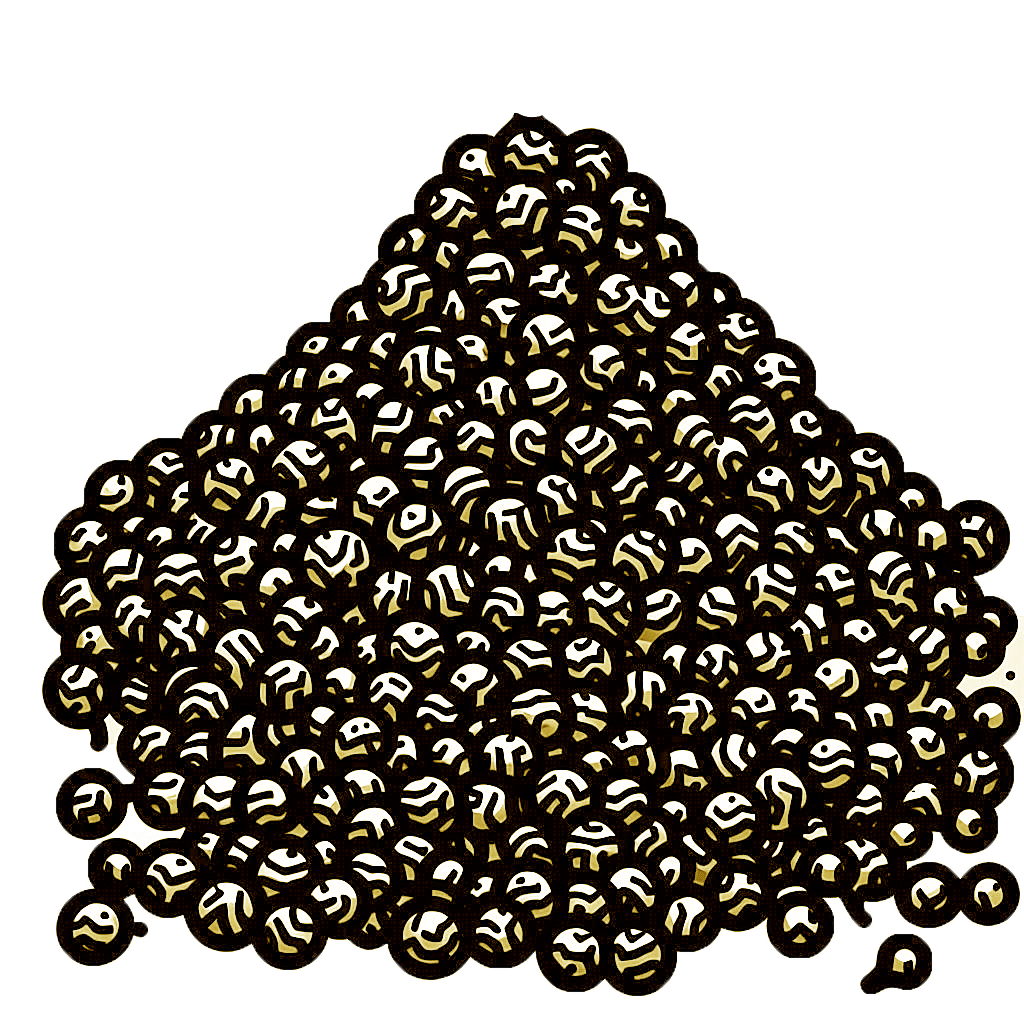/ɡriɲolˈino/
- Balestra
- Verbesino
- Arlandino
- Rossetto
- Barbesino
Red
- The wine gained particular acclaim for its role in producing “chiaretti”, which were light red wines popular across Piedmont in the sixteenth century.
- The term “Grignolè” stems from the facial expressions (or teeth-gritting) evoked by the high acidity and tannins of Grignolino berries.
- Similar to Pinot Noir, Grignolino poses a formidable challenge to even the most skilled grape growers and winemakers.
Well-made Grignolino wines possess a captivating allure: they often resemble a robust rosato more than a traditional vino rosso, boasting an inherent orange or garnet hue; this garnet rim remains a hallmark of the wine.
Their delightful bouquet exudes the fragrance of freshly bloomed flowers, mingled with notes of small red berries like strawberry, raspberry, and tart red cherries, accented by hints of white pepper. The palate is invigorated by brisk acidity and crisp tannins, leaving a sensation of freshness and cleanliness.
Visual Flavour Profiles:






